Small Restaurants Design Tips and Ideas
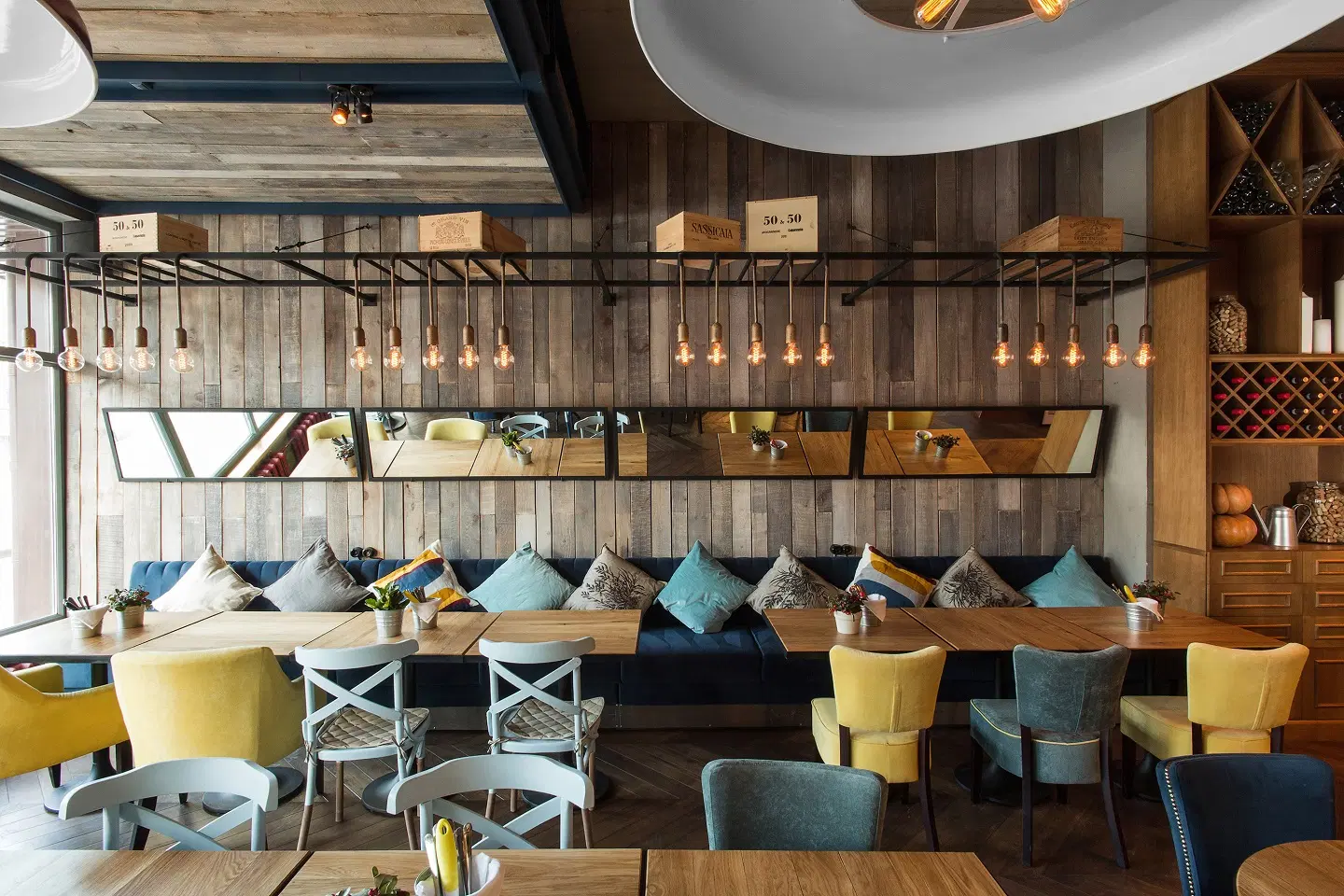
In the culinary world, where dining experiences come in all shapes and sizes, small restaurants have carved out a unique niche. These intimate eateries, often referred to as boutique restaurants or intimate restaurants, are gaining popularity for their ability to offer an atmosphere that is both inviting and exclusive. In this guide, we delve deep into the art and science of designing small restaurants, uncovering the secrets that turn limited square footage into a captivating and efficient dining space. Join us as we explore the nuances of small restaurant design, providing you with valuable tips, creative ideas, and insightful perspectives to help you create a dining establishment that not only maximizes space but also leaves a profound and lasting impression on your cherished customers.
The Power of Cozy Small Restaurants Design
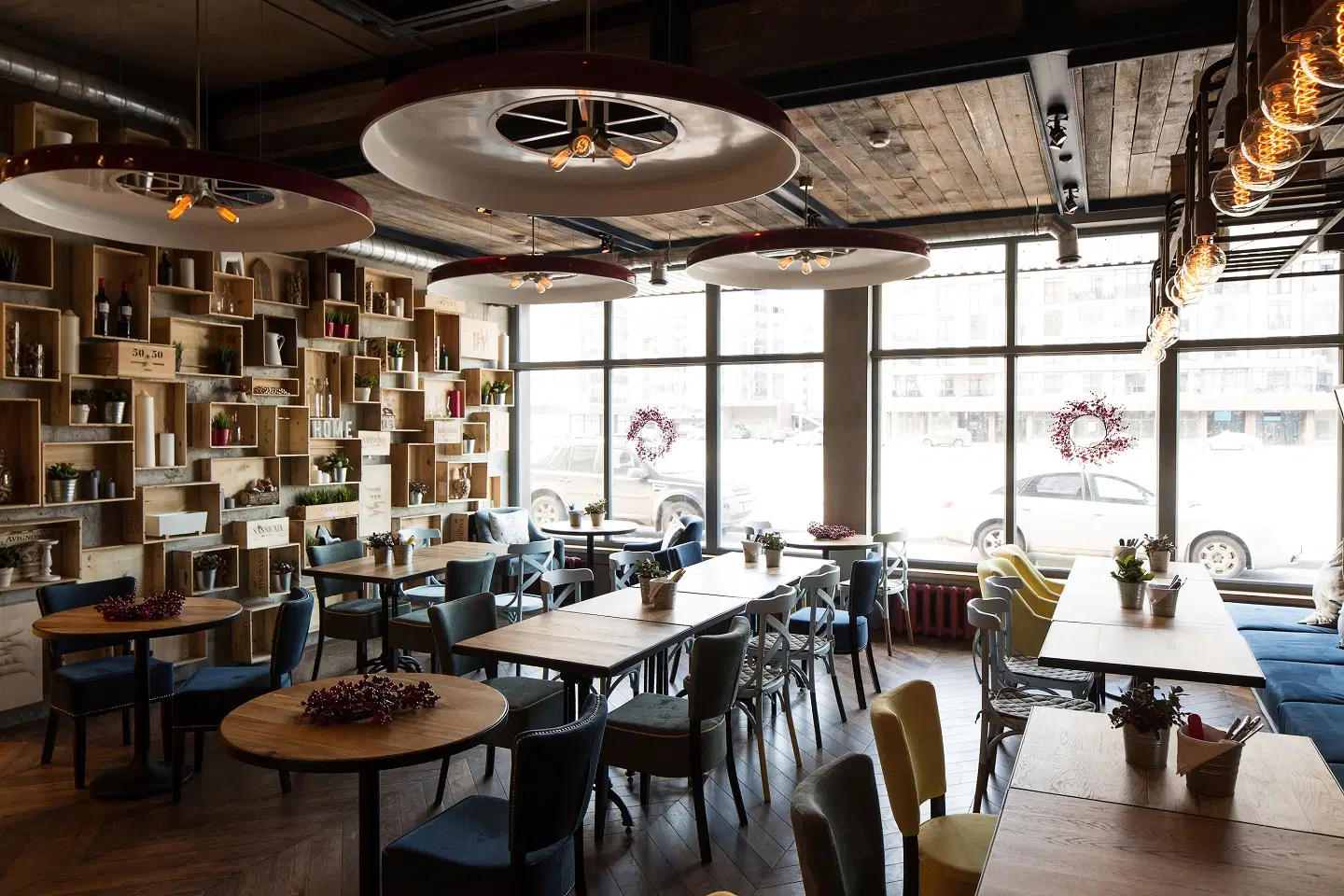
Small restaurants possess a unique charm that draws patrons seeking an intimate and memorable dining experience. Unlike their larger counterparts, these establishments thrive on the concept of “less is more.” The allure of small restaurants lies in their ability to create an ambiance that fosters personal connections, offers an air of exclusivity, and allows for a more focused and attentive culinary journey. They often cater to niche markets, providing specialized menus and unique concepts that cater to discerning diners seeking something beyond the ordinary. With their cozy and intimate settings, small restaurants have the power to transport guests to a world of culinary delight, making each visit a cherished memory.
Tip: If you are looking for different styles of interior design, we have explained it for you.
Designing for Success: Key Considerations for Designing a Small Restaurant

Designing a small restaurant is a delicate balancing act where aesthetics, functionality, and efficiency must harmonize seamlessly. In this compact space, every element plays a vital role in shaping the overall experience. Here are some essential design considerations for small restaurants, ensuring that your establishment not only captivates with its ambiance but also optimizes its use of space:
1. Restaurant Space Optimization: Making Every Inch Count
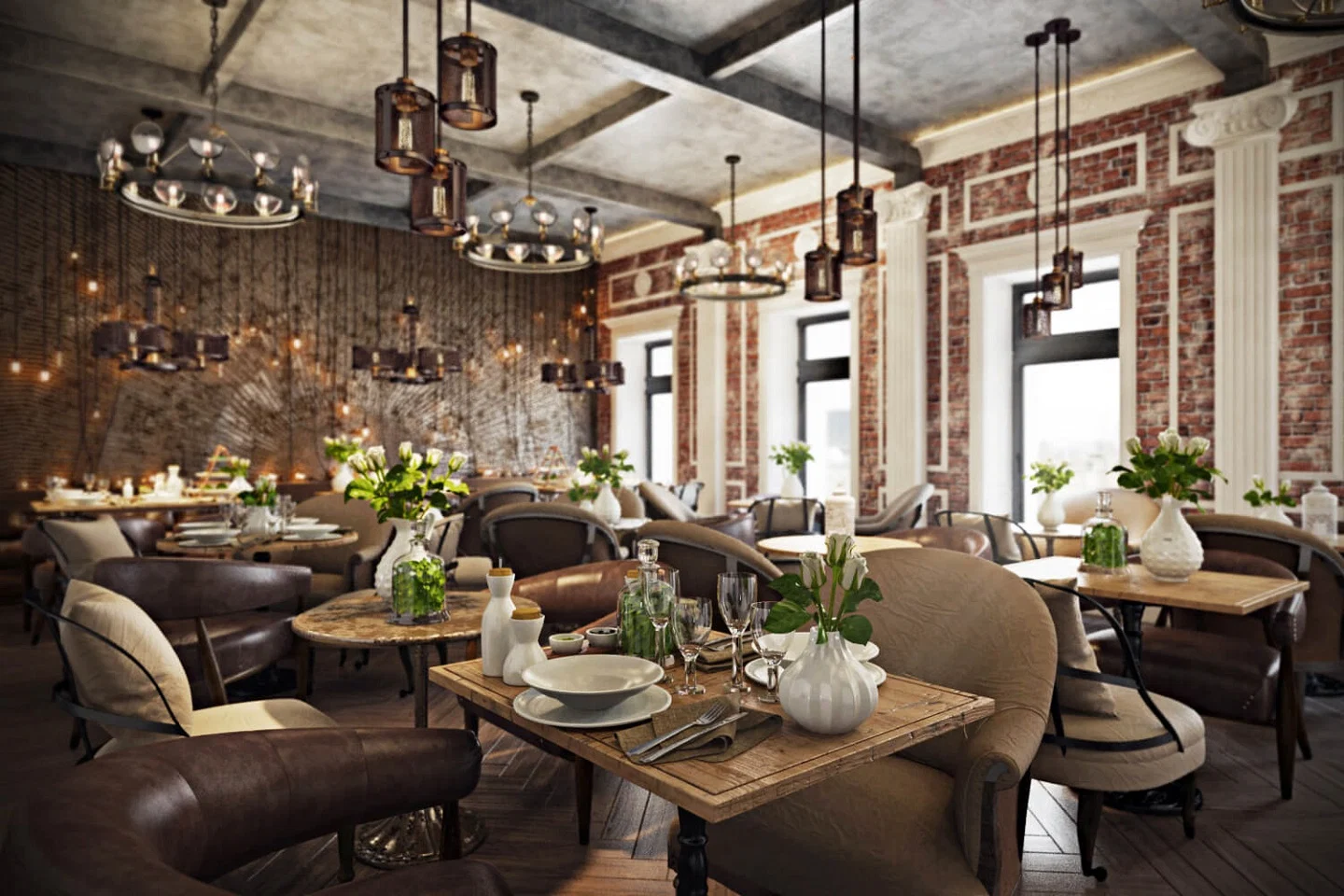
In the world of small restaurant design, maximizing the available space is not a luxury; it’s a necessity. Consider open layouts that eliminate unnecessary barriers, allowing for more flexibility and visibility. Wall-mounted seating, multi-purpose furniture, and clever storage solutions are your allies in the quest for space optimization. By reducing clutter and freeing up floor space, you create an inviting and uncluttered atmosphere that resonates with diners.
2. Lighting Design: Bright Cozy Small Restaurant Design

The art of lighting in small restaurants is akin to painting a masterpiece. It has the power to shape the ambiance, evoke emotions, and guide the diner’s focus. A carefully orchestrated lighting design encompasses natural light, pendant lights, wall sconces, and even the soft glow of candles. The interplay of these lighting elements creates a warm and inviting atmosphere, where the play of light and shadow accentuates the dining experience. Dimmable lighting adds versatility, allowing you to adapt the mood to different occasions, whether it’s an intimate dinner for two or a lively gathering of friends.
3. Small Restaurant Color Palette: The Palette of Emotions
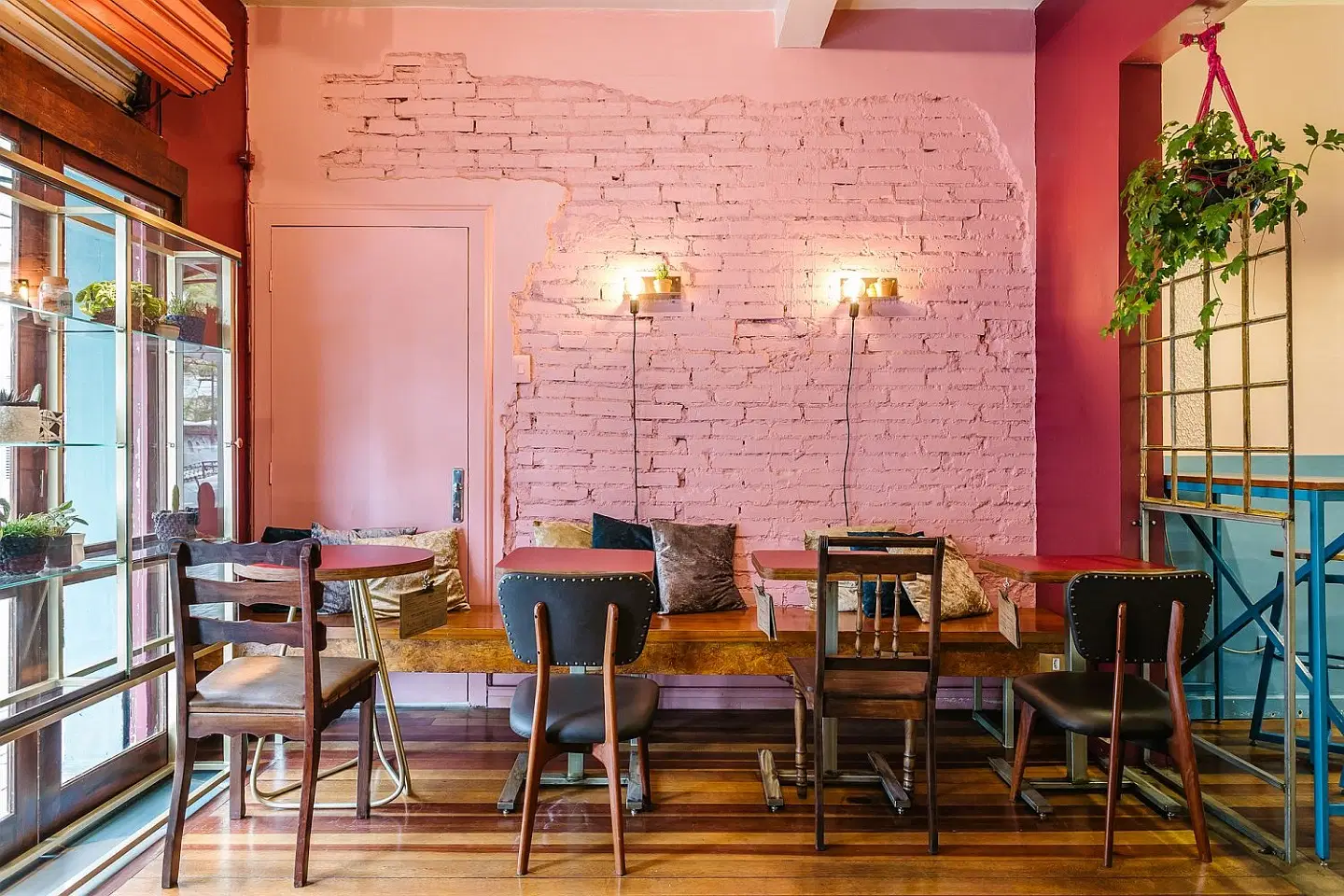
The color palette you choose can transform your small restaurant’s perception. Lighter shades, such as soft creams and pastel hues, create an open and airy ambiance, making the space feel larger than it is. On the other hand, deeper and warmer colors, like rich burgundies and earthy browns, can infuse the restaurant with a sense of coziness and intimacy. Consider using accent walls or art pieces that add splashes of color and visual interest, further enhancing the dining experience.
4. Furniture Selection: Small Wooden Restaurant Interior Design
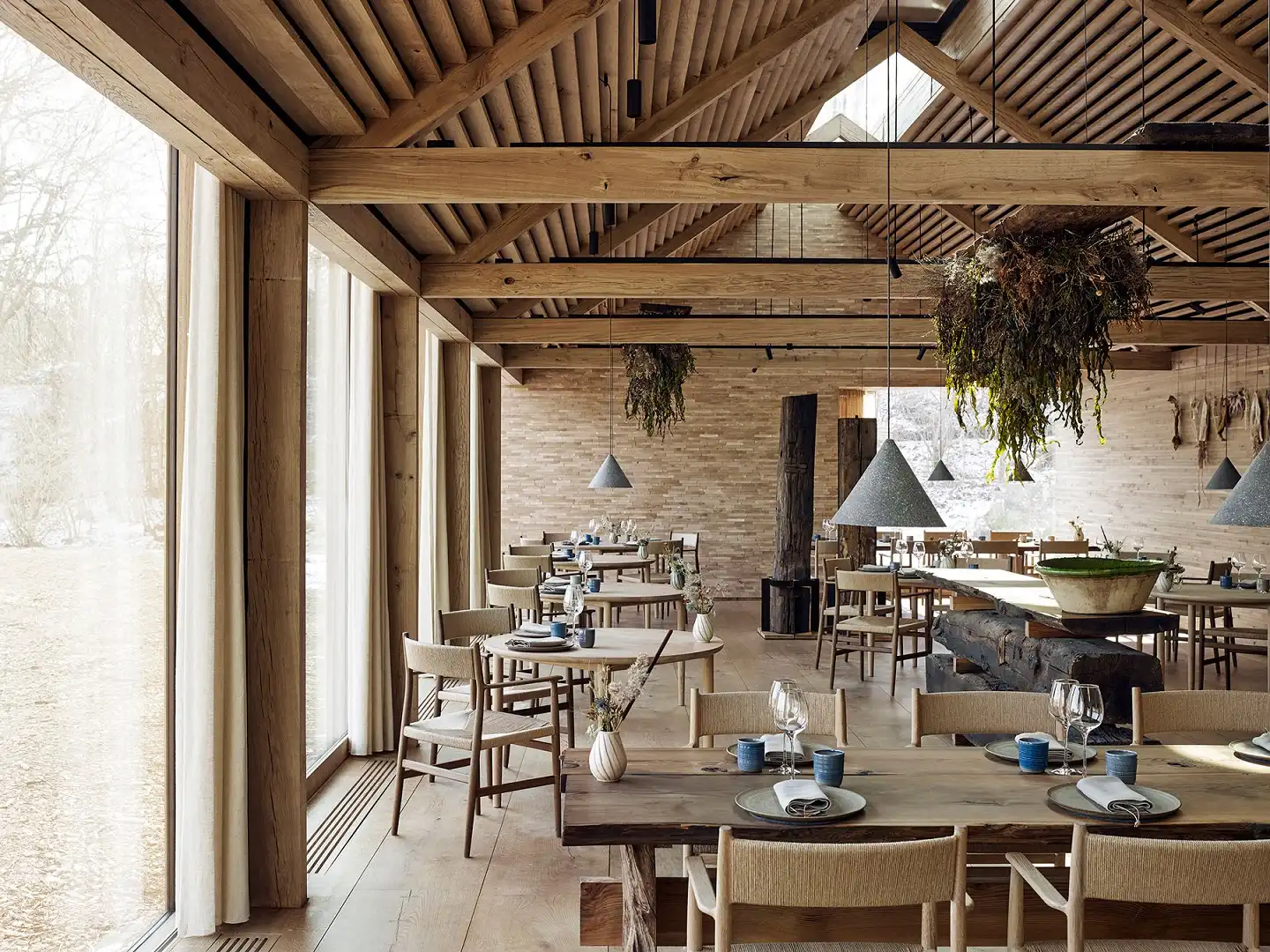
In a small restaurant, the choice of furniture is not just about aesthetics; it’s about maximizing space and ensuring comfort. Opt for space-saving options like stackable chairs, banquettes with built-in storage, and adjustable tables. The seating you select should strike a balance between aesthetics and comfort since patrons are likely to spend more time in smaller establishments. Additionally, the furniture should align with your restaurant’s design theme, whether it’s modern and minimalist or rustic and cozy.
5. Small Restaurant Layout and Flow: T-Design Restaurant Interior
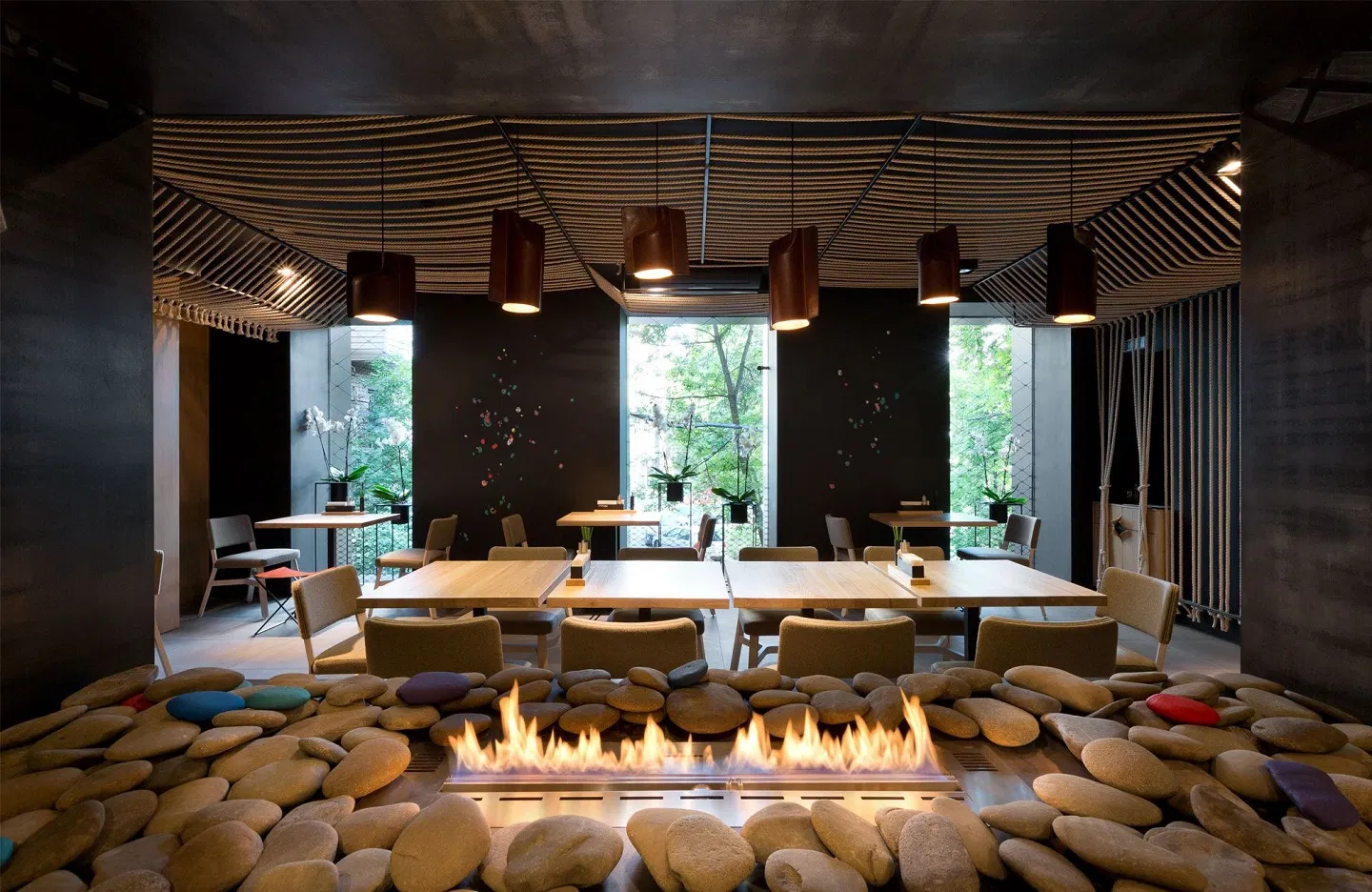
Efficient traffic flow is essential to a small restaurant’s success. Plan the layout to minimize congestion and create designated pathways for both staff and guests. The arrangement of tables should allow for privacy without making diners feel cramped. Additionally, consider creating distinct dining zones or sections to cater to different party sizes and preferences.
6. Multi-Functional Areas: Adapting to Needs
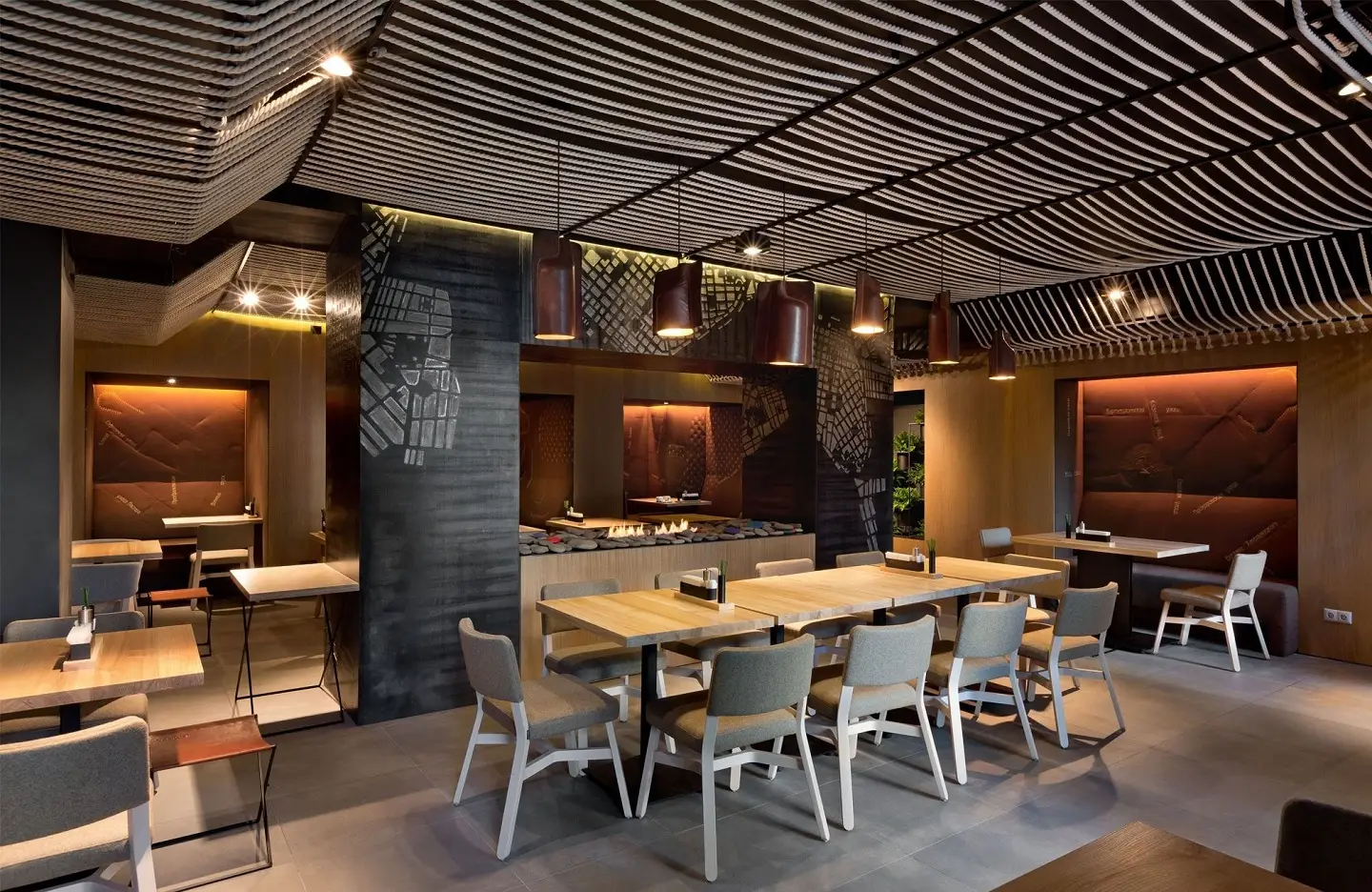
Small restaurants thrive on versatility. Incorporate multi-functional areas that can adapt to different needs. For instance, a bar counter can serve as additional dining space during busy hours or as a cocktail station for special events. By creating adaptable spaces, you maximize the utility of every square foot.
7. Small Restaurant Kitchen Efficiency: Open Kitchen Restaurant Bench
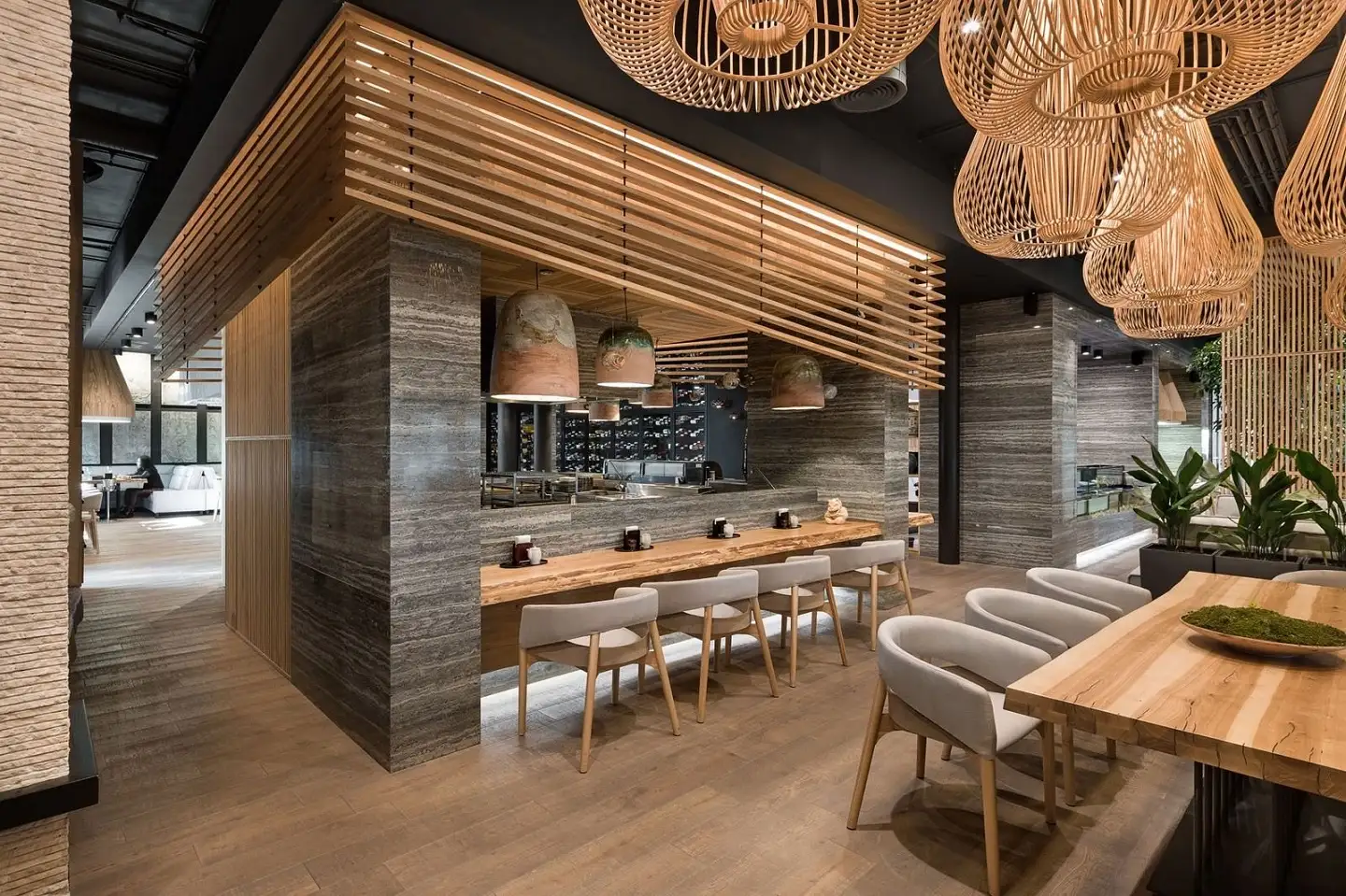
Efficiency in the kitchen is equally vital. Optimize the kitchen layout to ensure smooth operations and minimize wasted movement. Consider space-saving kitchen equipment and ergonomic design elements. Efficient communication between the kitchen and front-of-house staff is crucial to ensure seamless service.
8. Small Restaurant Sound Management: Harmonizing Acoustics
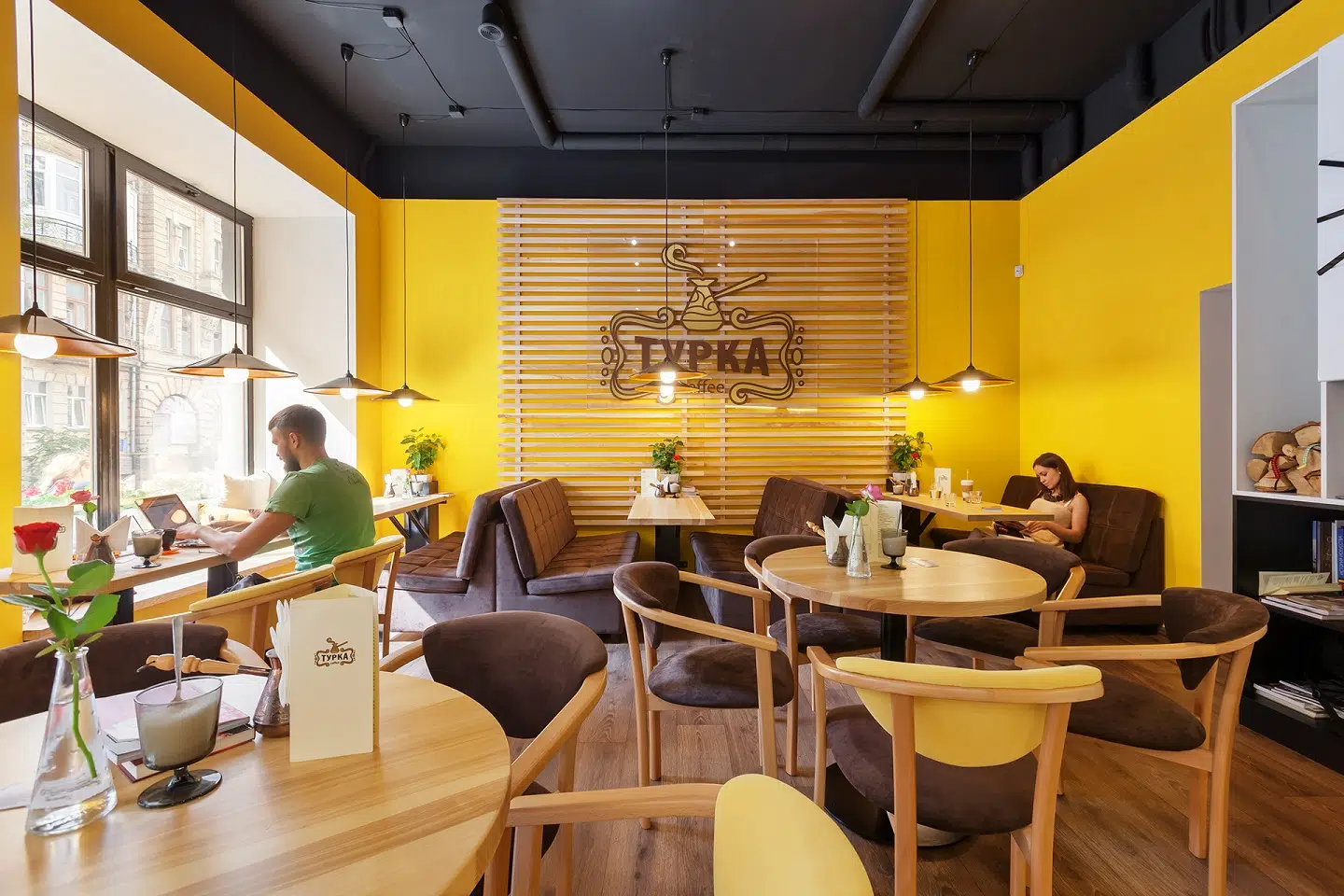
Sound management is often an overlooked aspect of small restaurant design. Noise levels can significantly impact the dining experience. Incorporate sound-absorbing materials such as curtains, carpets, or wall panels to reduce noise levels and create a more pleasant environment. A quieter ambiance allows for easier conversation and an enhanced dining experience.
9. Unique Features: Small Café-Restaurant
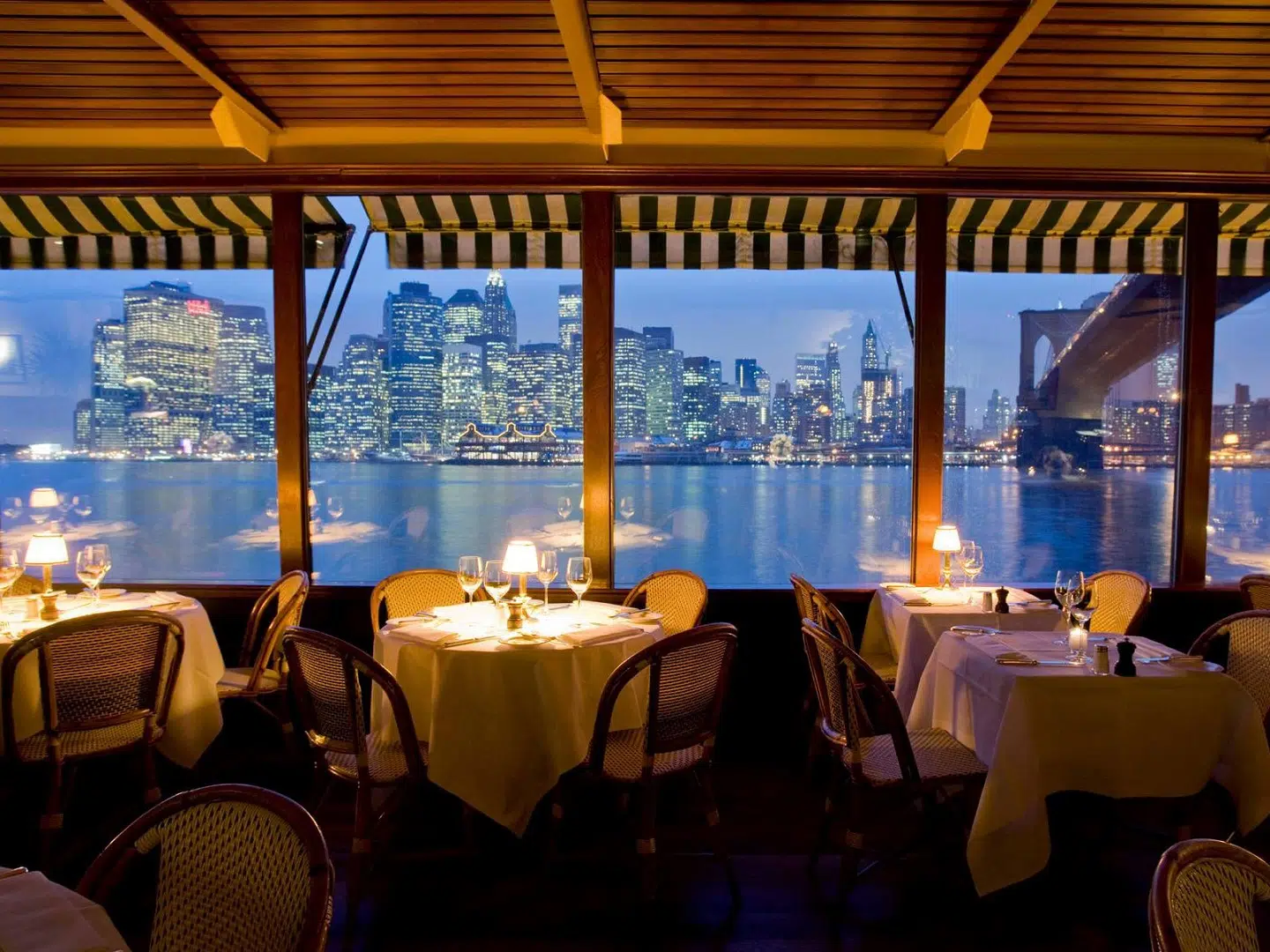
Set your small restaurant apart by adding unique and personalized touches. These distinctive elements create memorable experiences that keep customers coming back. Whether it’s a wall adorned with vintage mirrors, a collection of antique plates, or a charming outdoor garden, these special features add character and charm to your establishment.
Tips: Explore some restaurant patio design ideas to create the best outdoor experience.
10. Flooring: Elevating Small Restaurant Design
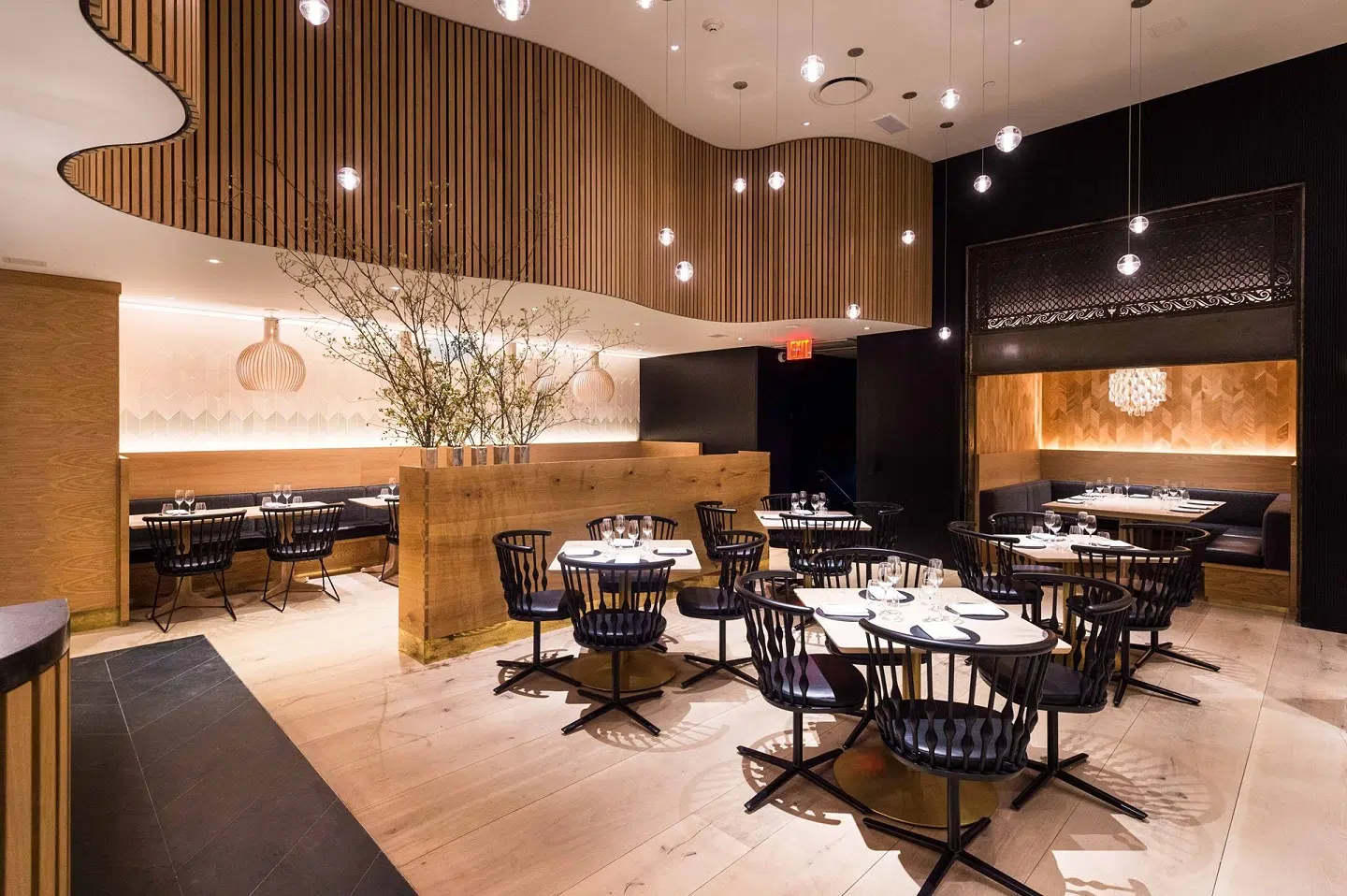
Flooring is a fundamental element in small restaurant design, impacting aesthetics, comfort, and practicality. Therefore, you need to find a flooring wholesale that offers an extensive collection of materials and styles. Here’s a concise look at its significance and some recommended flooring types:
- Aesthetics: Flooring significantly influences your restaurant’s visual appeal. Choose flooring that aligns with your theme–options include rustic hardwood for warmth, chic tiles for modernity, or plush carpeting for comfort.
- Comfort: Patrons spend time seated, so consider their comfort. Materials like cork or engineered wood offer a comfortable surface.
- Durability: Small restaurants face high foot traffic; prioritize durable options like porcelain tiles, luxury vinyl, or commercial-grade carpeting.
- Cleaning: Opt for easy-to-clean materials. Ceramic tiles and sealed concrete are practical choices.
- Acoustics: Flooring affects noise levels. Consider carpeting or cork for a quieter dining atmosphere.
Choosing flooring that blends aesthetics with practicality enhances your small restaurant’s overall dining experience. Engineered hardwood flooring like Oak flooring, maple flooring, and cherry floorings are popular restaurant flooring choices due to their beauty and other advantages.
11. Sustainability: Designing with Responsibility
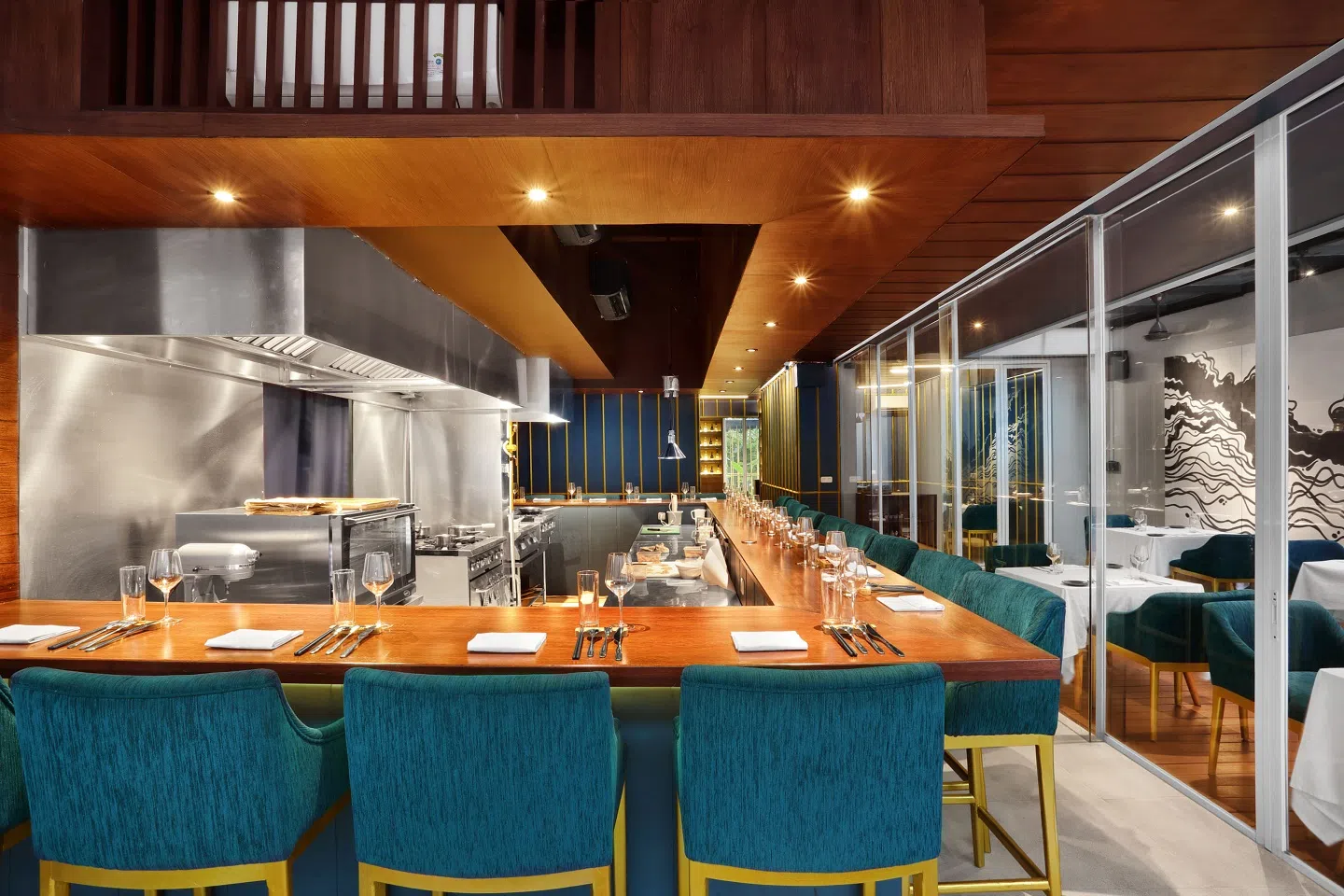
Consider sustainable design practices in your small restaurant. Embrace energy-efficient lighting, source materials locally, and opt for eco-friendly furniture. Not only does this demonstrate environmental responsibility, but it can also resonate with customers who value sustainability. Promote your eco-friendly initiatives as part of your restaurant’s unique identity.
Conclusion: Crafting a Lasting Impression
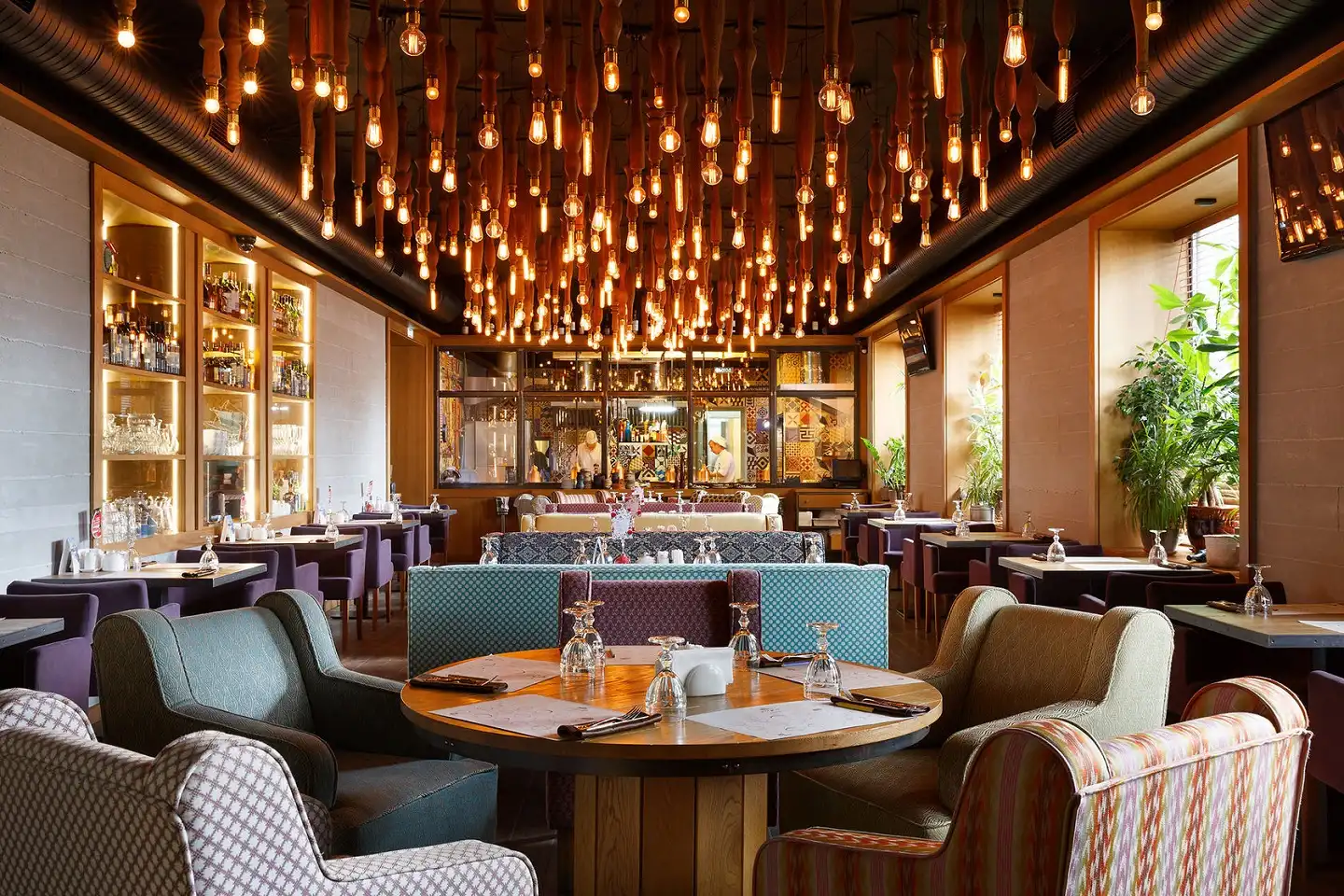
Designing a small restaurant is a journey of creativity, meticulous planning, and attention to detail. When executed with precision, it can result in a dining experience that captivates and delights patrons, ensuring their return time and again. By focusing on space optimization, lighting, color, furniture, layout, functionality, sound management, and unique features, you craft a small restaurant that leaves an indelible mark in the hearts of those who enter. In the world of dining, where experiences are cherished, your small restaurant stands as a testament to the artistry of design, offering a cozy haven where culinary memories are



Did you find what you were looking for?